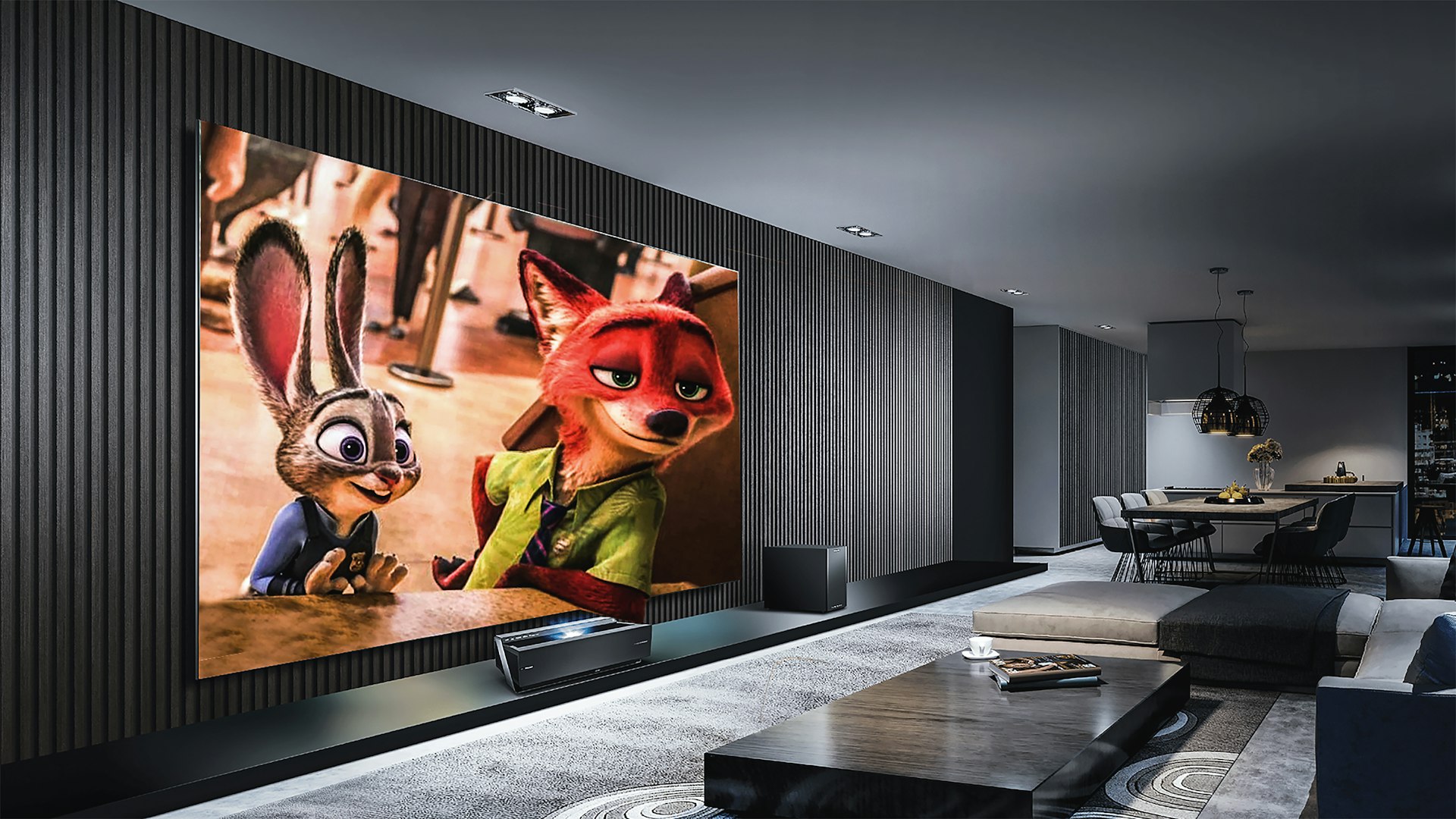Exploring the Future: Virtual Theme Parks and Metaverse Attractions Redefine Entertainment

Photo by Patrick Konior on Unsplash
Introduction
Entertainment is undergoing a profound transformation as virtual theme parks and metaverse attractions become increasingly mainstream. Leveraging immersive technologies such as virtual reality (VR) and augmented reality (AR) , these attractions offer unique, interactive experiences that can be enjoyed both in person and from the comfort of your own home. This article explores how these innovations are changing the landscape, provides step-by-step guidance for accessing them, and examines current trends and future possibilities.
Virtual Theme Parks: The New Frontier
Traditional theme parks have always been about physical thrills and immersive environments. Now, through VR, these experiences are becoming accessible to a much wider audience. Innovations allow users to put on a headset and feel as though they are riding roller coasters, exploring fantasy worlds, or participating in interactive adventures without ever leaving their living room
[1]
. Landmark Entertainment Group’s
Virtual World’s Fair
is a prime example, offering real-time social interaction, entertainment, education, and shopping, all within a digital environment. The Pavilion of Me (POM) aims to create a daily-use in-home entertainment portal, integrating activities like TV watching, video chat, and gaming into a single VR destination. This makes theme park-level experiences more accessible and convenient than ever before.
Metaverse Attractions: Blending Physical and Digital Worlds
The
metaverse
is a shared, digital environment where users can interact, play, and explore together. Modern theme parks are embracing metaverse concepts by integrating AR and VR overlays on existing rides, such as roller coasters, drop towers, and water slides, enhancing both thrill and immersion
[2]
. For example,
VR Theme Park Rides
by Ensenasoft lets users experience dozens of rides virtually via platforms like STEAM VR, HTC Viveport, and Google Daydream. You don’t need to travel or wait in lines-just put on your headset and explore.

Photo by Eriksson Luo on Unsplash
Physical parks are also adopting metaverse approaches, such as Universal Studios’ Super Nintendo World , which features innovative rides and digital integrations. Merlin Entertainments is investing in attractions based on popular video games like Minecraft, blending real-world settings with digital experiences and exclusive in-game content [3] .
Key Technologies Driving Innovation
Several technologies are central to the evolution of virtual theme parks and metaverse attractions:
- VR & AR: These technologies create immersive, interactive experiences by overlaying digital visuals on the real world or building entirely virtual environments [4] .
- Smart Tech: RFID wristbands, self-service kiosks, and mobile apps personalize experiences and streamline park operations.
- Robotics & Animatronics: Lifelike characters and interactive features enhance realism and engagement [5] .
- Sustainability Initiatives: Many parks are integrating eco-friendly practices to minimize environmental impact and promote responsible entertainment [5] .
Accessing Virtual Theme Parks and Metaverse Attractions
There are multiple ways to experience these attractions, whether you prefer visiting a physical site or enjoying the fun at home:
-
Home-Based VR Platforms:
Purchase a compatible VR headset (such as Oculus Quest, HTC Vive, or PlayStation VR) and install apps like
VR Theme Park Rides
from verified platforms such as STEAM VR or HTC Viveport. Follow setup instructions to access virtual rides and interactive worlds [2] . - Physical Theme Parks with VR/AR Features: Visit parks like Universal Studios or Canada’s Wonderland, which offer VR headset-enhanced rides. Check official park websites for current offerings, schedules, and ticketing details. Always verify features before visiting, as offerings may change seasonally [1] .
- Metaverse Integration: Many parks and entertainment companies now collaborate with gaming studios to offer exclusive digital content and experiences. For example, Merlin Entertainments and Mojang Studios are developing Minecraft-based attractions where you can unlock unique in-game bonuses by visiting physical locations [3] .
If you are uncertain where to start, you can search for the latest VR theme park experiences using keywords such as “virtual theme park VR app,” “home VR rides,” or “metaverse theme park attractions.” Visit official game and park websites for the most current information and always check device compatibility before purchasing or downloading apps.
Practical Implementation Steps
To begin exploring virtual theme parks and metaverse attractions, follow these steps:
- Identify your preferred experience: Would you like to visit a physical park or enjoy attractions from home?
- For home experiences, acquire a VR headset and check for platform compatibility (STEAM VR, Viveport, etc.).
- Download recommended apps, such as VR Theme Park Rides, and follow the in-app instructions.
- For on-site experiences, research official theme park websites for VR/AR attractions and plan your visit accordingly.
- If seeking metaverse-integrated attractions, look for parks offering digital rewards or exclusive online content as part of your visit.
- Always verify safety guidelines and technical requirements for both physical and virtual experiences.
If you need assistance, customer support is typically available via official park websites, gaming platforms, or device manufacturers. For accessibility accommodations, contact the provider or park directly to discuss available options.
Challenges and Solutions
While virtual theme parks and metaverse attractions offer exciting opportunities, several challenges exist:
- Technical Barriers: Not all users have access to high-end VR equipment. Solutions include seeking out budget-friendly headsets or starting with mobile-based VR experiences.
- Content Availability: Attractions may vary by region or platform. To maximize options, check for cross-platform compatibility and explore both international and local offerings.
- Safety and Comfort: Use VR equipment in a safe, open area, and take regular breaks to prevent discomfort.
- Information Overload: With rapid innovation, it can be difficult to keep up. Subscribe to official park newsletters or reputable industry news sites for updates.
Alternative Approaches
If you are unable to access VR or metaverse attractions directly, consider the following alternatives:
- Explore video walkthroughs and reviews of virtual theme parks on platforms like YouTube for a preview of the experience.
- Join online communities and forums dedicated to theme park enthusiasts to share insights, recommendations, and troubleshooting tips.
- Participate in local events or pop-up exhibitions featuring VR and AR attractions.
Future Trends and Innovations
The industry is moving toward deeper integration of smart technologies, personalized experiences, and sustainability. Expect more parks to offer unique digital zones, fantasy adventure areas, and eco-friendly operations. Interactive attractions and lifelike animatronics will continue to enhance realism, while metaverse partnerships will blur the line between physical and digital entertainment [5] . Stay informed by following official announcements from leading parks and entertainment companies.
References
- [1] Game Pill (2025). Virtual Reality Theme Parks are coming to a city (or living room) near you.
- [2] Bernard Marr (2021). The Best And Most Thrilling Virtual Reality (VR) Theme Park Rides In The World.
- [3] Blooloop (2025). Top 13 trends to watch in the visitor attractions industry in 2025.
- [4] Peach Prime (2025). Theme Park Design Trends for 2025 You Need to Know.
- [5] Theme Park Insider (2023). The Future of Theme Parks: Innovations to Pay Attention to.
- Yerevan Park (2023). The Future of Theme Parks: Innovations to Pay Attention to.



